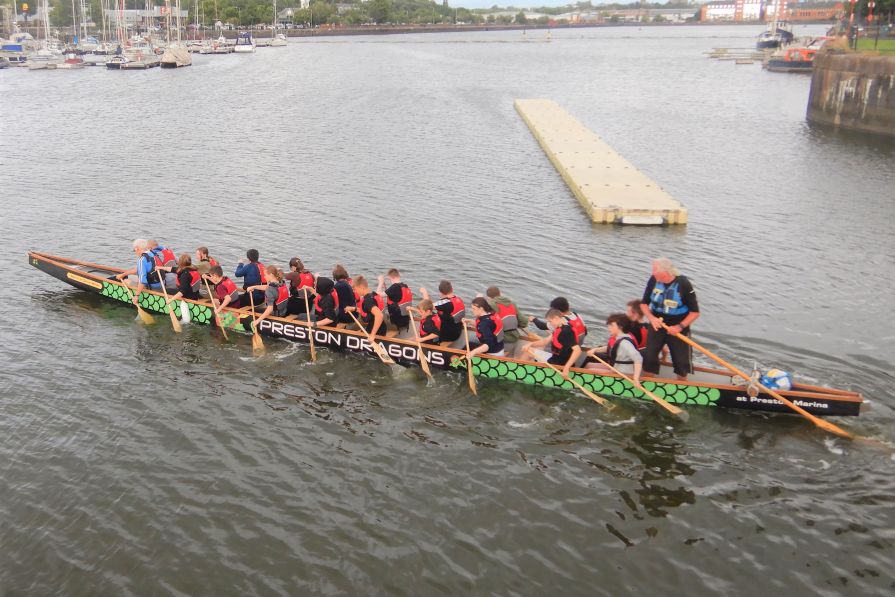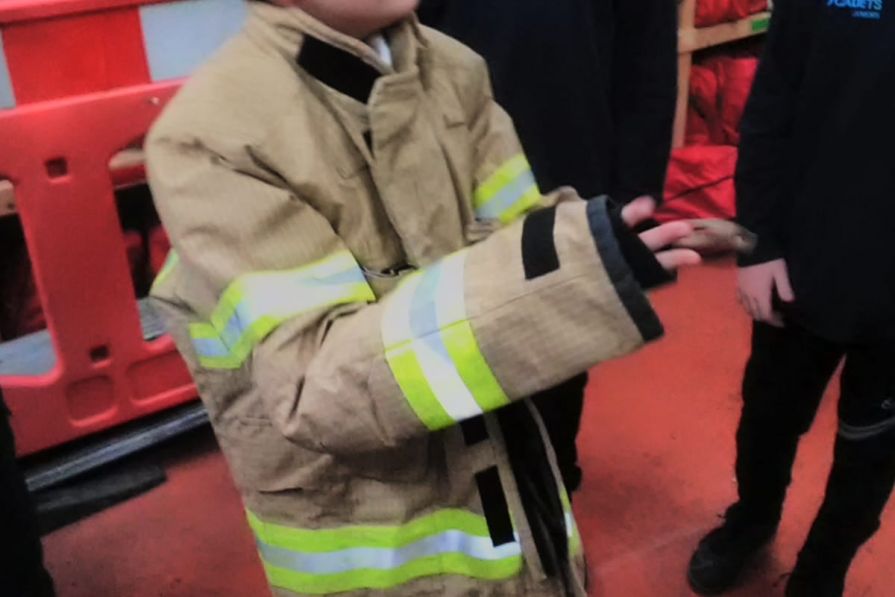
Preston Sea Cadets help raise money for Help...
Preston Sea Cadets win Royal British Legion...




Preston Sea Cadets begin fundraising for a...

Preston Sea Cadets have been awarded a grant to purchase a defibrillator from the British Heart Foundation. We will need to find the initial £400, the rest being given from the BHF. The goal is to have this placed in a cabinet mounted to the exterior of the unit building so that members of the public can use it in the event of an emergency. The cabinet will need to be purchased at an extra £600, meaning that the total of around £1000 will need to be raised. We would also like to purchase a training model so we can train our young Cadets, staff and volunteers in the use of the equipment as well provide a service to local businesses and the community.
A cardiac arrest can happen to anyone, anywhere, at any time. A person's chance of survival falls by about 14%* for each minute that passes without defibrillation. Every second matters, the risk of death can be reduced if you have a defibrillator and know how to use it and perform effective CPR.
Any kind donations towards this life saving equipment will be truly appreciated. Please email the unit email address prestonscc@gmail.com


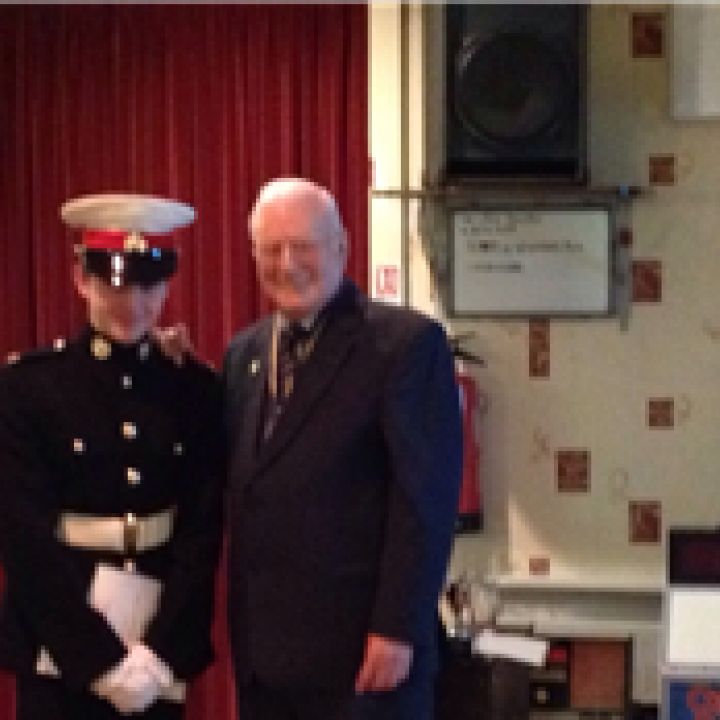
Royal British Legion thank you night
The Royal British legion held a thank you night on Friday 13th February 2015 and Preston Sea Cadets were invited as well as other organisations who supported the 2014 Poppy Appeal. Awards were given out to different organisations including ourselves. Preston Sea Cadets were handed a certificate thanking us for our continued support of the Royal British Legion.
The 2014 appeal saw over £67,000.00 for the Lostock Hall Branch. MC2 Bradbury collected the certificate on behalf of everyone at Preston Sea Cadets.

Preston Royal Marines Cadets on parade
Sunday 8th February 2015 saw Preston Sea Cadets represented at the Duke of Lancaster's Regimental Association 115th anniversary of the defence of Kimberley, in honour of the Loyal Regiment (NL) at Fulwood Barracks Preston.
The Siege of Kimberley took place during the Second Boer War at Kimberley, Cape Colony (present-day South Africa), when Boer forces from the Orange Free State and the Transvaal besieged the diamond mining town. The Boers moved quickly to try to capture the British enclave when war broke out between the British and the two Boer republics in October 1899. The town was ill-prepared, but the defenders organised an energetic and effective improvised defence that was able to prevent it from being taken.
Cecil Rhodes, who had made his fortune in the town, and who controlled all the mining activities, moved into the town at the onset of the siege. His presence was controversial, as his involvement in the Jameson Raid made him one of the primary protagonists behind war breaking out. Rhodes was constantly at loggerheads with the military, but he was nonetheless instrumental in organising the defence of the town. The Boers shelled the town with their superior artillery in an attempt to force the garrison to capitulate. Engineers of the De Beers company manufactured a one-off gun named Long Cecil, however the Boers soon countered with a much larger siege gun that terrified the residents, forcing many to take shelter in the Kimberley Mine.
The British military had to change its strategy for the war as public opinion demanded that the sieges of Kimberley, Ladysmith and Mafeking be relieved before the Boer capitals were assaulted. The first attempt at relief of Kimberley under Lord Methuen was stopped at the battles of Modder River and Magersfontein. The 124-day siege was finally relieved on 15 February 1900 by a cavalry division under Lieutenant-General John French, part of a larger force under Lord Roberts. The battle against the Boer general Piet Cronjé continued at Paardeberg immediately after the town itself was relieved.
Royal Marine Cadet 2nd Class S Neighbour represented Preston Sea Cadets and carried the units standard.

